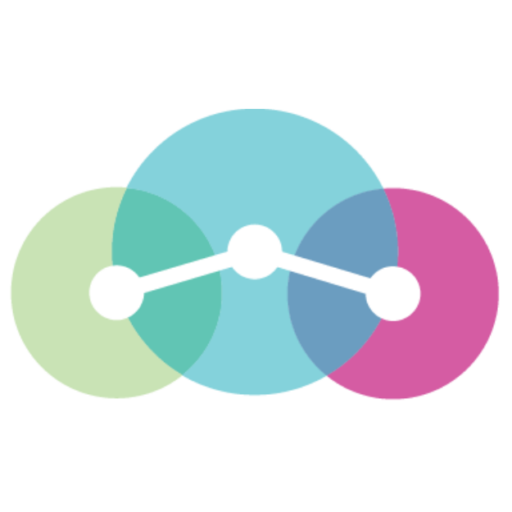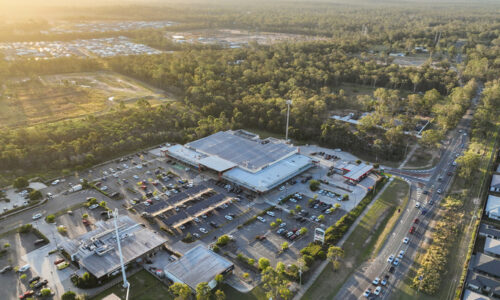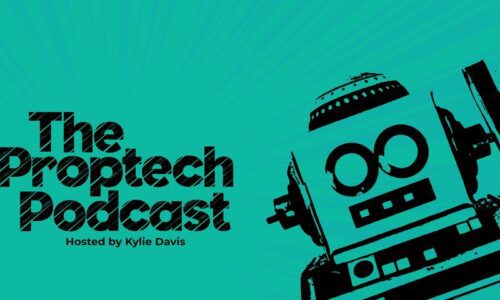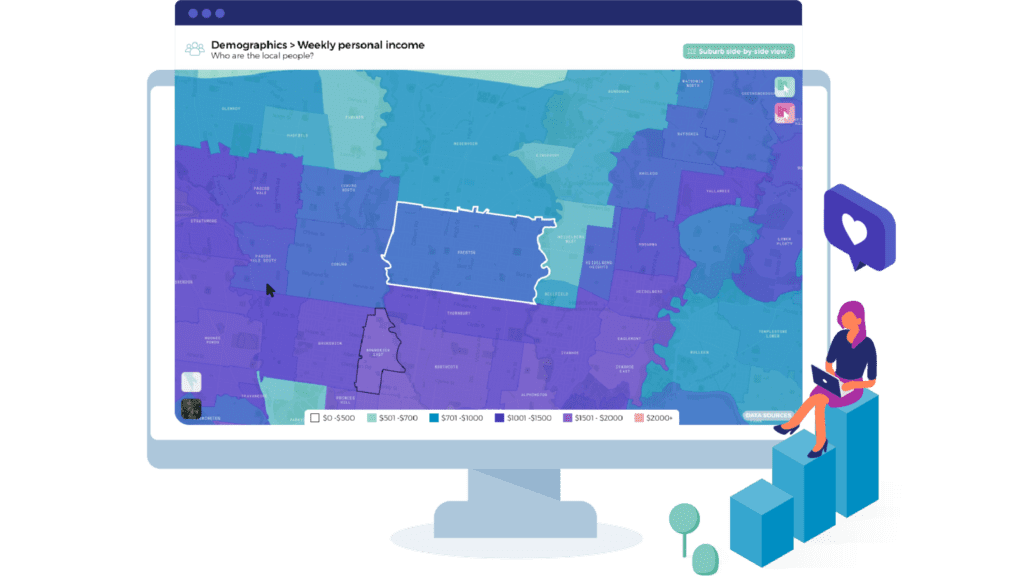Urban Life is the most valuable aspect of our cities, yet it goes unmeasured by most city planners and developers.
To understand what Urban Life is, we recommend checking out Part 1 of our Urban Life blog, but to recap it briefly:
Urban Life is the everyday activity that goes on in a city, both within and between buildings. It’s about how places are used, occupied, experienced and valued. As a form of place-data, it provides vital information that explains life and human behaviours within a city.
Traditionally, almost all planning data about cities is about the physical environment, rather than Urban Life. This is because data for infrastructure, square meterage and rental yield is relatively easy to obtain. Talk to any city planner, landscape architect or developer and they’ll show you projects where they designed wonderful urban spaces. But few can provide evidence and data about the impact of their work on Urban Life, because they aren’t measuring it.
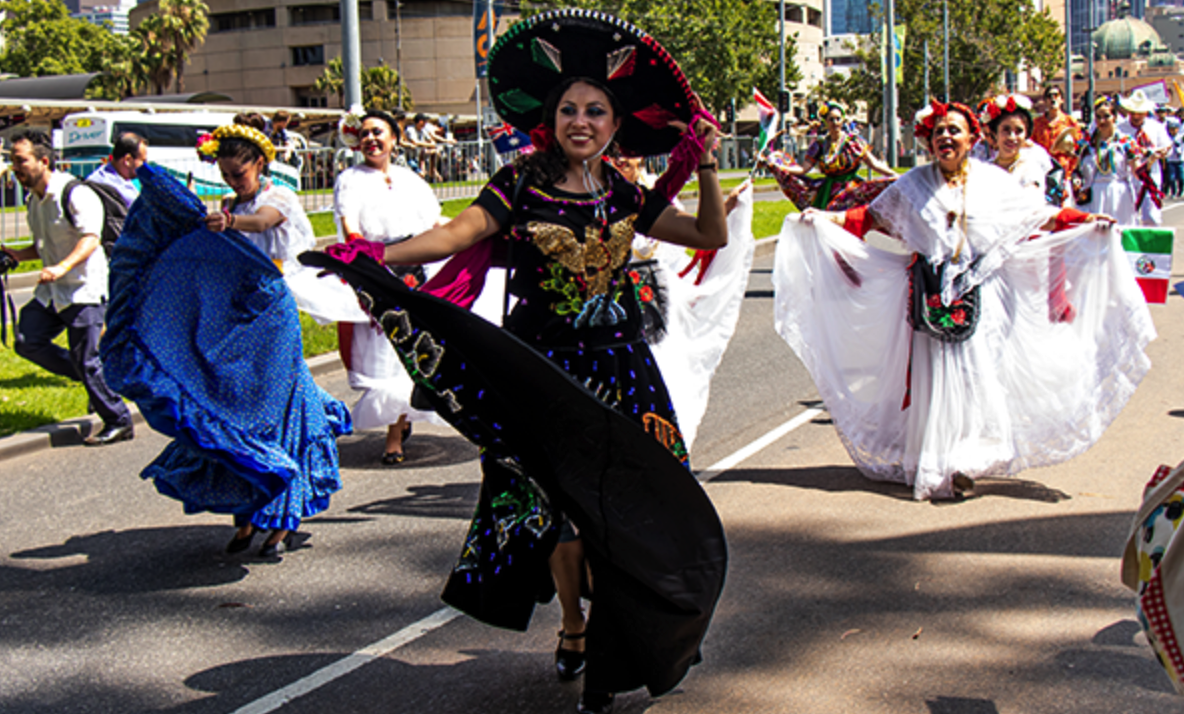
Cultural festivals and events are an important part of Urban Life, but often not measured for their impact to social prosperity [pictured here are dancers performing for the Australia Day Parade in Melbourne, Australia].
Finding data on Urban Life
Cities are incredibly rich sources of people-generated, digital data. It’s this data that provides dynamic insights into Urban Life.
Neighbourlytics harnesses this rich information through proprietary technology to make it simple to read and understand. We draw this information from the digital footprints found within neighbourhoods – including:
Local places data: from bakeries to banks, digital data can demonstrate a neighbourhood’s strengths, and why people visit, spend and stay.
Activities and program data: highlighting the unique aspects of neighbourhoods.
Interaction data: revealing what makes community life different from place to place.
Awareness of Urban Life is essential for understanding the well-being of our neighbourhoods and communities – it’s the secret ingredient that can identify the reasons why certain neighbourhoods thrive and others struggle to improve.
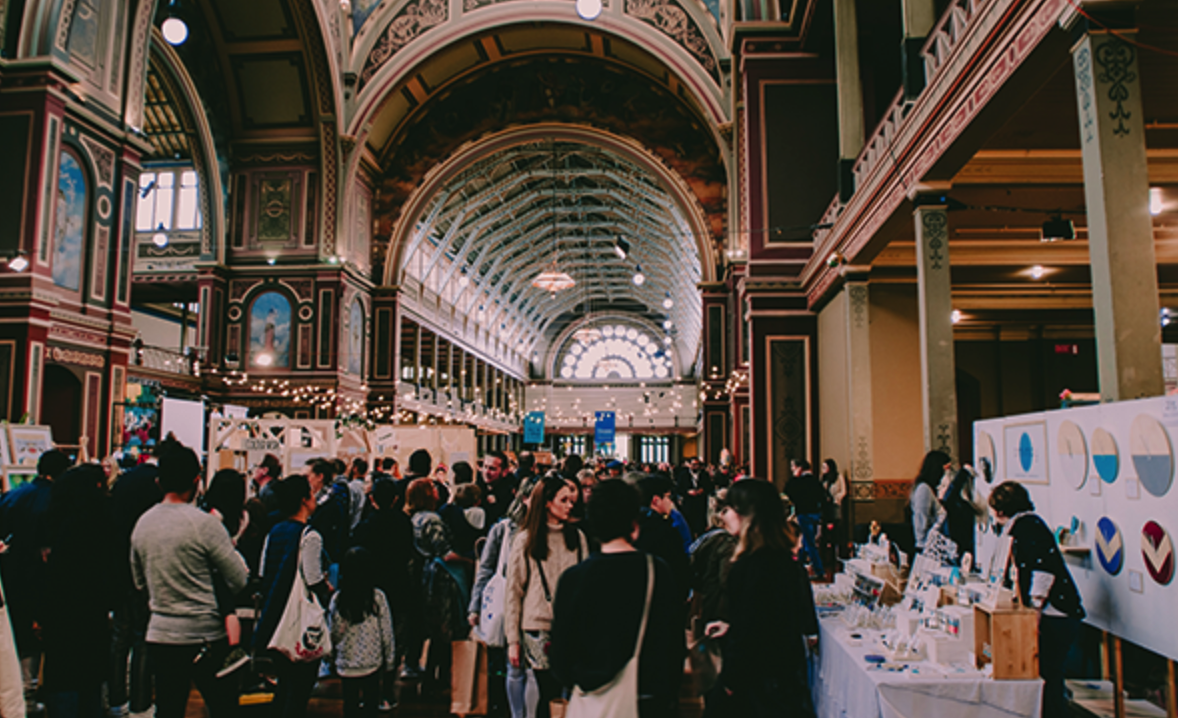
Vendors and attendees gather within the Royal Exhibition Building to shop, socialise and experience local crafts.
Practical use of Urban Life data
Quantifying urban life makes the invisible elements of cities visible. It’s a new way of thinking about place and human-centric data.
Measuring Urban Life helps pinpoint new opportunities. Before x-rays were invented, doctors had a hunch that a bone might be broken, but they couldn’t tell exactly where or how, so treatment was limited. Imagine Urban Life data is an x-ray for neighbourhoods, highlighting context, activity and strengths.
Quantifying and measuring Urban Life helps city-makers to:
Gain social context: Make the intangible values of places visible. The starting point for any urban development decision is context.
Diagnose strengths and opportunities: Uncover local Urban Life characteristics by comparing places using custom and standard benchmarks.
Compare and benchmark places: Learn from best practices, or create local benchmarks to understand performance.
Optimise design and validate planning decisions to improve Urban Life.

Measure what matters; how Urban Life data is used in the real world.
The real world: Urban Life in action
There are many different applications and ways urban planners, property developers and government decision makers can use Urban Life insights.
Here are a few ways Neighbourlytics has helped our clients understand and use Urban Life data:
Residential and local amenity planning
The 20 minute / 15 minute neighbourhood is the planning policy du jour, and for good reason – cities should enable access to everything people need within walking distance.
To understand if a particular neighbourhood is on track to being a 20 minute neighbourhood, we compared business and community offerings, and strengths across a range of suburban activity centres.
Using Urban Life insights, Neighbourlytics was able to highlight where different destinations could be strengthened and business sectors diversified.
Retail and activity centre planning
Retail activity has become localised, as people lead more local-driven lifestyles. To adjust to pandemic (and post-pandemic) lifestyles, retail centres need to understand the local catchment area, not just the people who go to the shopping centre.
Neighbourlytics has worked with shopping centre retailers to understand the Urban Life within catchment areas, to help target tenancy curation, and improve the focus of marketing and place activation strategies.
Innovation Districts and economic development
National governments are majorly focused on activities and strategies that strengthen economic activity through urban development catalyst projects. One way to do this is through the creation of Innovation Districts.
The key to a successful innovation district, according to the Brookings Institute, is the ‘networking capital’ – the ability of ideas and people to collide. The Neighbourlytics Platform was used by a developer to compare 10 of the world leading innovation districts to understand their Urban Life characteristics.
The insights highlighted that destinations (bar and dining particularly) made up the majority (60-70%) of the reasons to visit these places – an astounding figure, compared to the average number of destinations (30%) in CBDs. The data helped the developer to shape a targeted planning strategy, reducing investment risk.

A Minneapolis fair with playful streetscapes capture the attention of locals and tourists alike.
The future of cities is digital
Getting visibility on the human side of cities is vital to responding to the every-day challenges of our modern world. Luckily, the world has become digital – ripe with information that can be used to help shape and create better places.
When leaders and businesses use data on Urban Life it empowers them to take a human-centric response to the unexpected (and expected) demands thrown their way – no matter how big or small.
Keen to see the Neighbourlytics platform in action? Book a call with our team and learn how urban life data insights can help your precincts or projects.
